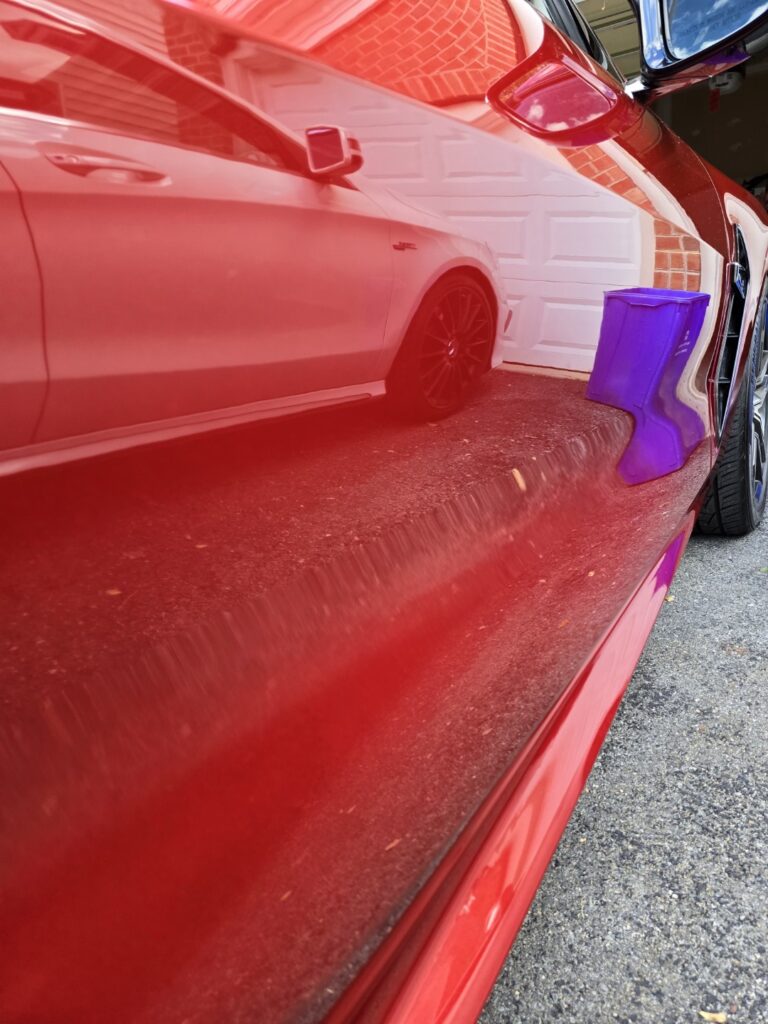
Introduction
When it comes to protecting your vehicle from harsh weather, the choice between ceramic coating and wax is crucial. While wax has been a go-to option for decades, ceramic coating has emerged as a superior alternative, offering longer-lasting and more effective protection. But why exactly is ceramic coating better at withstanding extreme weather conditions? Let’s dive into the details.
What is Ceramic Coating?
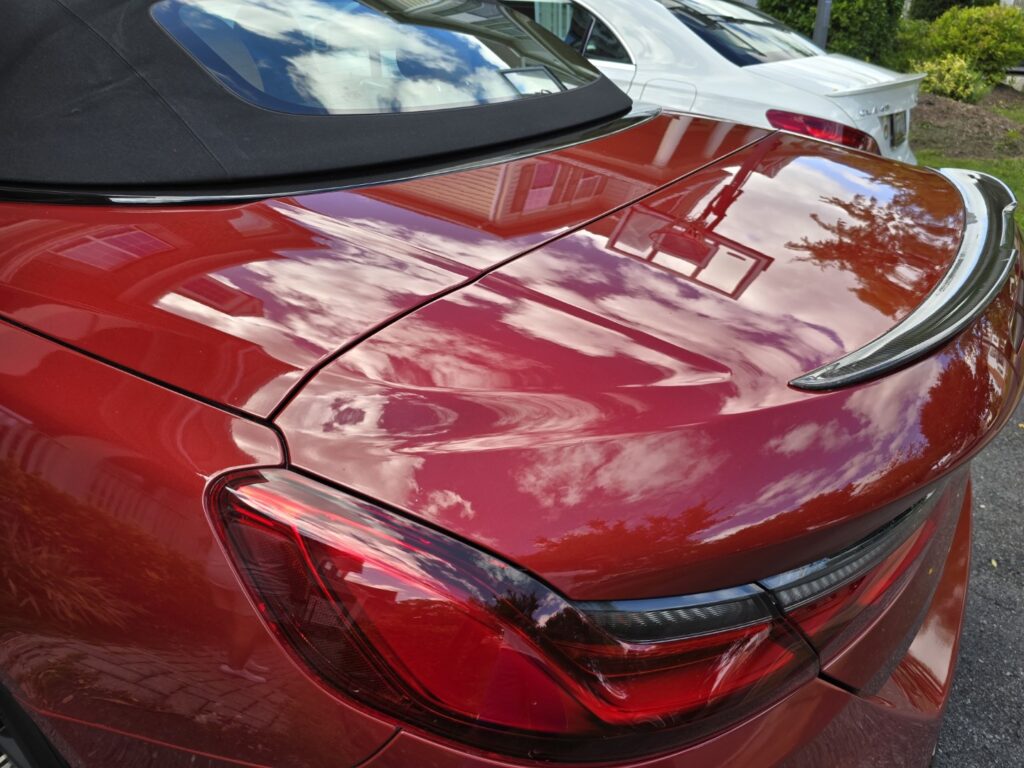
Composition of Ceramic Coating
Ceramic coating is a liquid polymer made from silicon dioxide or similar compounds. It chemically bonds with your vehicle’s paint, creating a semi-permanent, protective layer that’s incredibly durable.
How It Works on Vehicle Surfaces
Once applied, ceramic coating fills in the microscopic imperfections on the surface, creating a smooth and hydrophobic barrier. This barrier repels water, dirt, and contaminants, making your car easier to clean and resistant to weather-related damage.
What is Wax Protection?
Types of Automotive Waxes
Automotive wax comes in various forms, including natural carnauba wax and synthetic wax. Each type provides a glossy finish and a layer of protection, but their effectiveness varies.
Wax Application Process and Lifespan
Wax is applied manually and needs regular reapplication, typically every few weeks or months. Its protection is limited, especially in harsh conditions like heavy rain or snow.
Key Differences Between Ceramic Coating and Wax
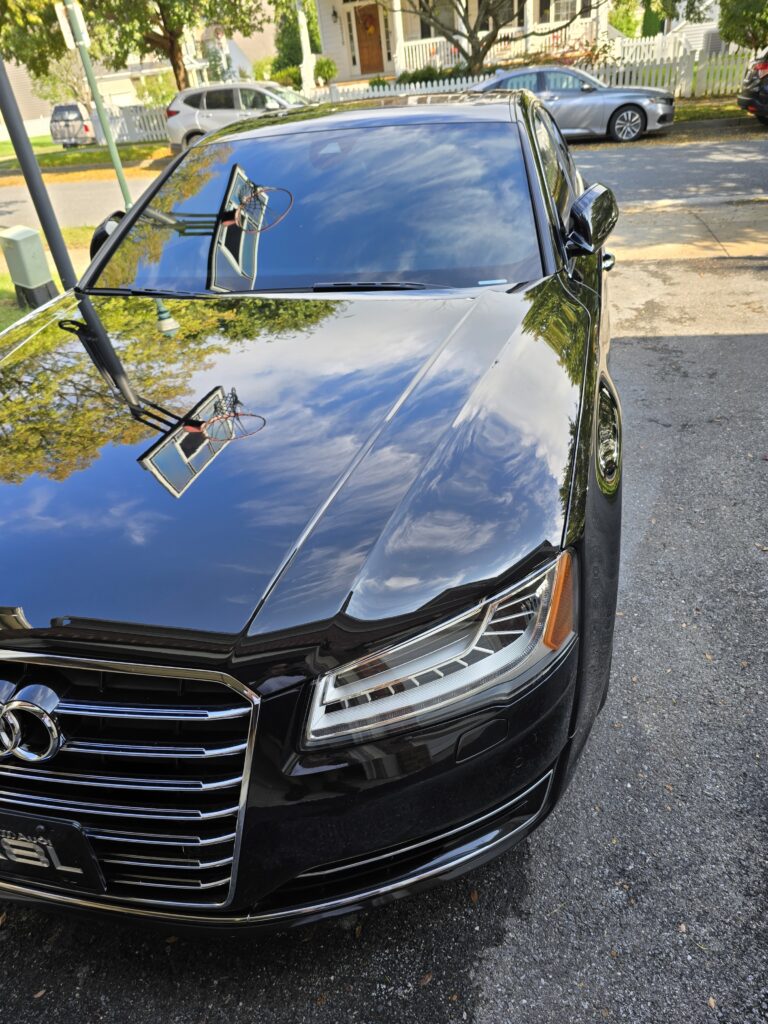
Durability and Longevity
Ceramic coating lasts for years, while wax only offers a few weeks to a couple of months of protection. This makes ceramic coating a more reliable choice for long-term protection.
Resistance to Environmental Factors
Ceramic coating can withstand UV rays, acid rain, and extreme temperatures better than wax. Wax, on the other hand, deteriorates quickly under such conditions.
Maintenance Requirements
With ceramic coating, maintaining your car’s appearance is much easier. Wax requires frequent reapplication and more effort to keep your vehicle looking great.
How Ceramic Coating Protects Against Harsh Weather
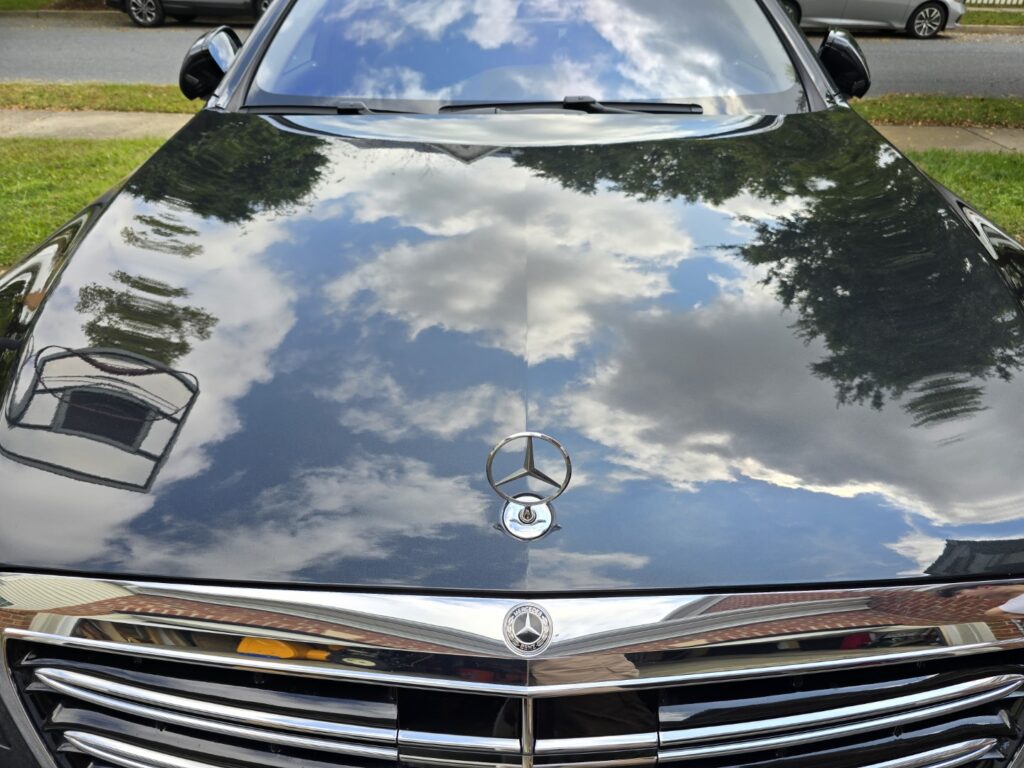
Protection from UV Rays
Ceramic coating acts as a sunscreen for your car, reflecting harmful UV rays that can cause paint to fade or oxidize.
Resistance to Acid Rain
Acid rain can eat away at your vehicle’s paint over time. Ceramic coating provides a protective layer that prevents this damage.
Defense Against Snow and Ice
Snow and ice are no match for ceramic coating. Its hydrophobic properties ensure that water and slush slide right off, reducing the risk of corrosion.
Limitations of Wax in Harsh Weather
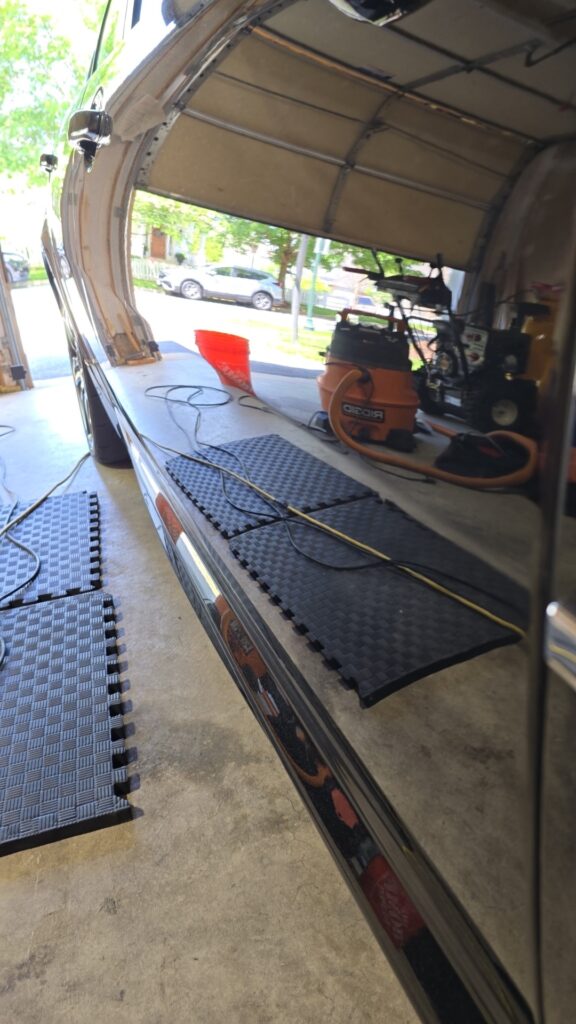
Vulnerability to Extreme Temperatures
Wax melts in high heat and becomes brittle in freezing temperatures, reducing its effectiveness.
Limited Resistance to Rain and Snow
Rain and snow easily wear away wax, leaving your vehicle unprotected after a short time.
Short-Term Protection
Wax only provides a temporary shield, meaning you’ll need to reapply it frequently, especially in harsh conditions.
Benefits of Ceramic Coating Over Wax
Long-Lasting Performance
One application of ceramic coating can last for years, offering unmatched durability.
Superior Hydrophobic Properties
Water beads and rolls off effortlessly, keeping your car cleaner for longer and preventing water spots.
Enhanced Aesthetic Appeal
Ceramic coating provides a deep, glossy finish that makes your car look showroom-ready every day.
Cost Comparison: Ceramic Coating vs. Wax
Initial Investment
Ceramic coating costs more upfront, but its longevity makes it a cost-effective option.
Long-Term Cost Efficiency
With fewer applications needed, ceramic coating saves you money and time in the long run compared to frequent waxing.
Myths About Ceramic Coating
Is It Scratch-Proof?
While ceramic coating is scratch-resistant, it’s not scratch-proof. It helps reduce minor surface scratches but won’t prevent deep gouges.
Does It Eliminate the Need for Washing?
No, ceramic coating doesn’t eliminate the need for washing. However, it makes the cleaning process much easier and less frequent.
Tips for Choosing the Right Ceramic Coating
Factors to Consider
Look for a high-quality product that suits your vehicle’s needs and offers UV, chemical, and weather resistance.
Professional Application vs. DIY
While DIY kits are available, professional application ensures even coverage and optimal results.
Conclusion
Ceramic coating is the clear winner when it comes to protecting your vehicle from harsh weather. Its durability, resistance to environmental factors, and low maintenance make it a superior choice over wax. While wax has its place, especially for short-term shine, ceramic coating provides long-lasting protection that keeps your car looking and performing its best.
FAQs
1. How long does ceramic coating last?
Ceramic coating typically lasts 2–5 years, depending on the quality and maintenance.
2. Can ceramic coating be applied over wax?
No, wax must be removed before applying ceramic coating to ensure proper bonding.
3. Is ceramic coating worth the cost?
Yes, for long-term protection and reduced maintenance, ceramic coating is a worthwhile investment.
4. What maintenance does ceramic coating require?
Regular washing with a pH-neutral shampoo and avoiding abrasive cleaners will keep the coating effective.
5. Does ceramic coating protect against scratches?
It provides some resistance to minor scratches but doesn’t make your vehicle completely scratch-proof.
